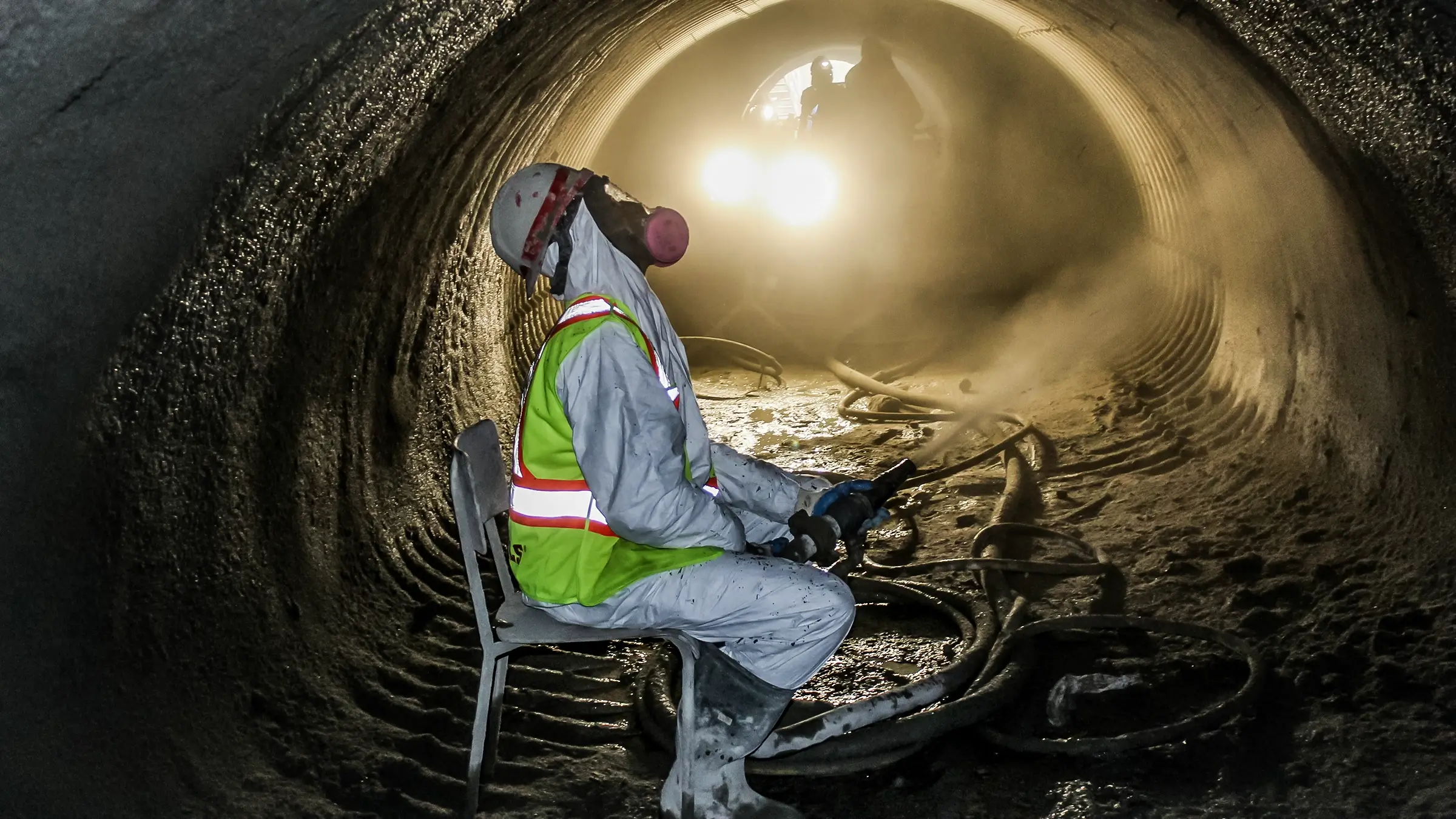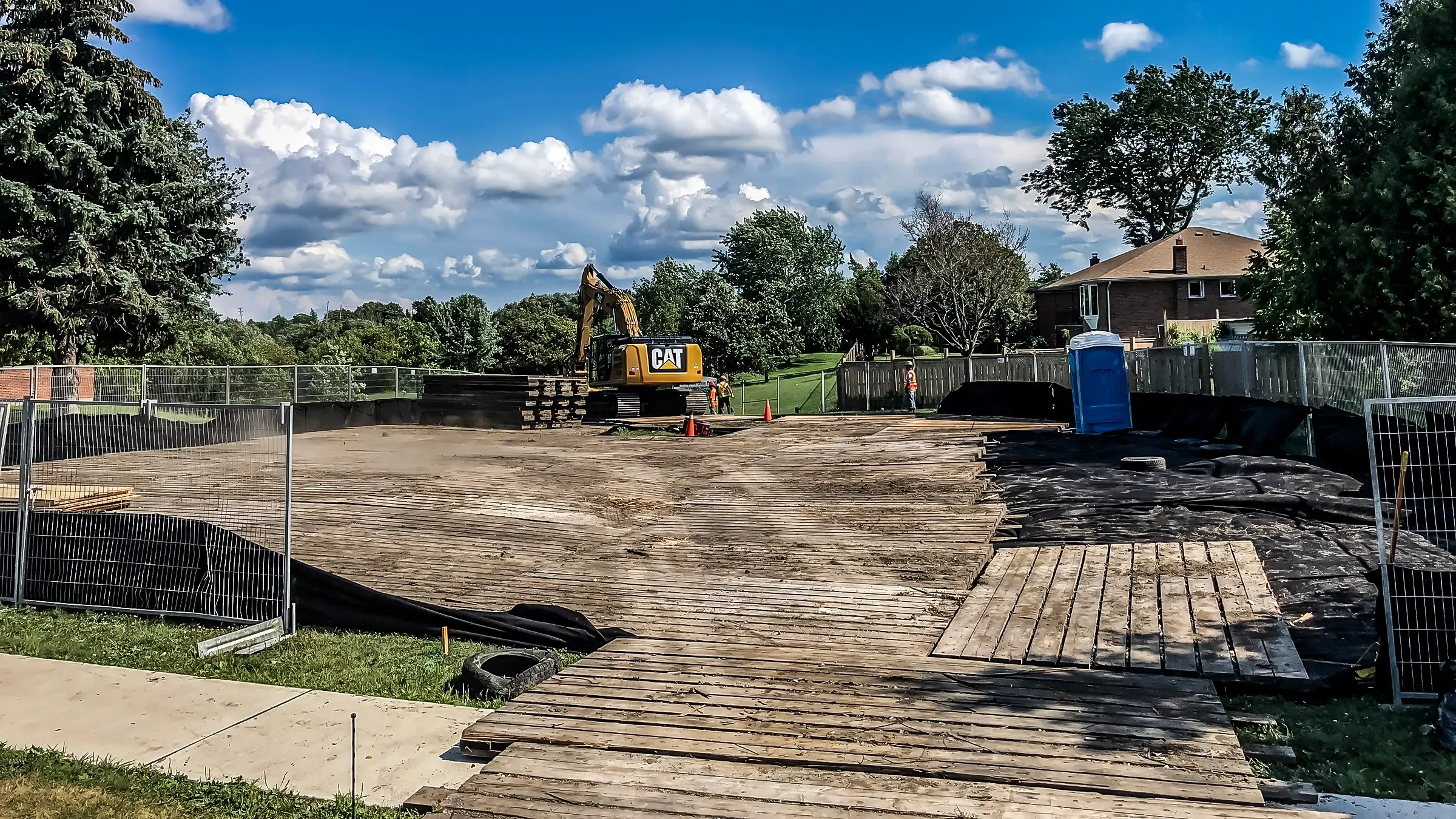Trenchless Repair & Maintenance
Michels Canada uses trenchless construction to add decades of structural life to aging water and wastewater infrastructure. Our rehabilitation services return aging pipes, mains, culverts, vaults and utility holes to like-new performance with minimal impact on the surrounding environment. We add value to projects by self-performing bypass installation, cleaning, documentation, grouting and other related services to maintain consistency in safety, quality, communication and timeline.
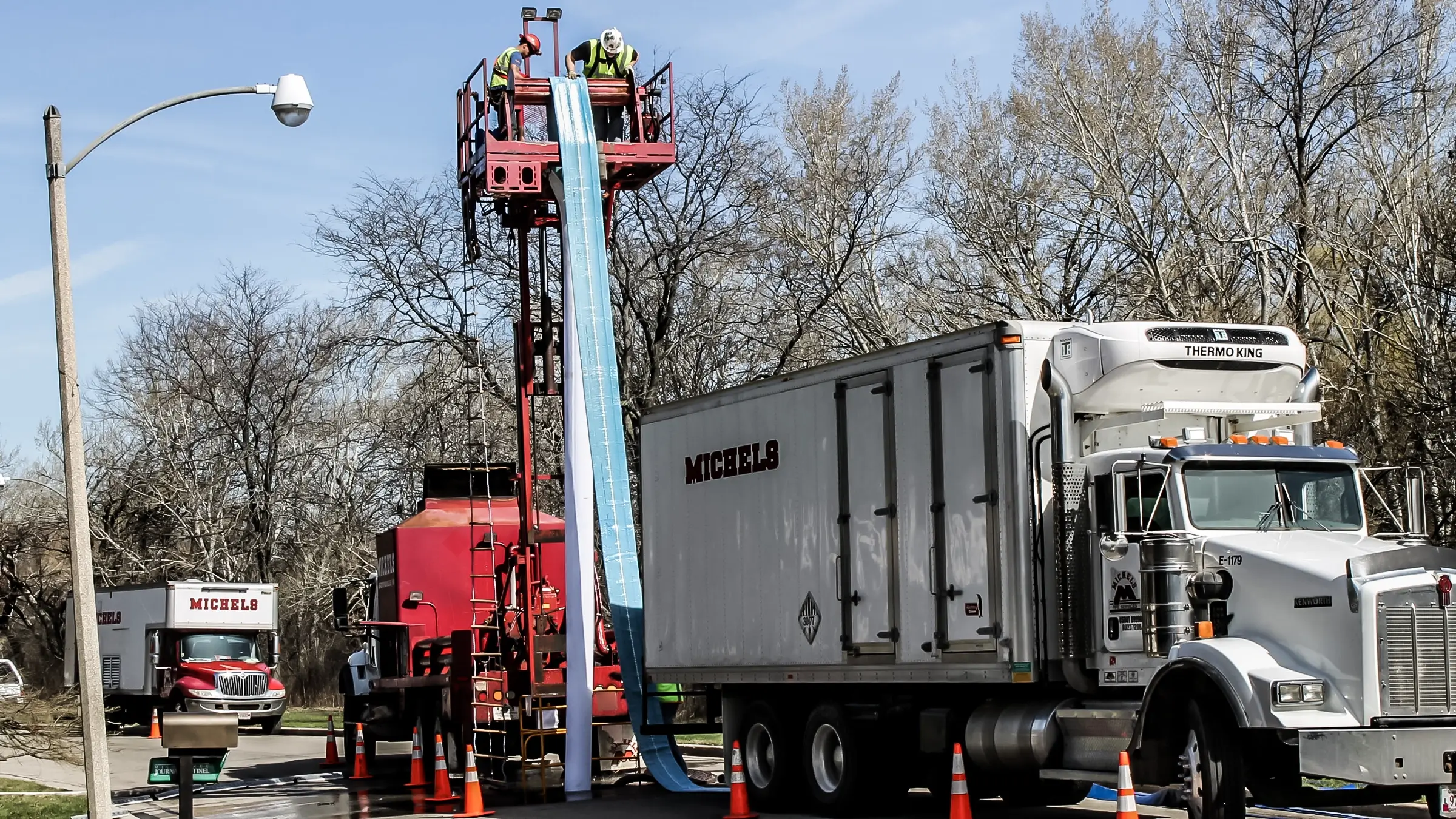
Cured-In-Place Pipe (CIPP)
Cured-in-place pipe (CIPP) liners are an effective way to rehabilitate storm and sanitary sewers, potable water mains, pressure pipes, industrial fire suppression pipes and utility holes. A resin-saturated liner is inserted into the pipe or structure, inflated by air or water, and cured by water, steam or ultraviolet (UV) light. Depending on a project’s size, location and site setup, Michels Canada saturates liners with resin in our factory or at a mobile plant at the jobsite.
CIPP is a fully structural method suitable for most pipes, including those with bends, lateral service connections or deteriorated conditions leading to groundwater inflow and infiltration (I/I).
Through long-standing relations and experience with top CIPP liner manufacturers, Michels Canada has invaluable insight into a product’s unique properties and potential to be most suitable for project success.
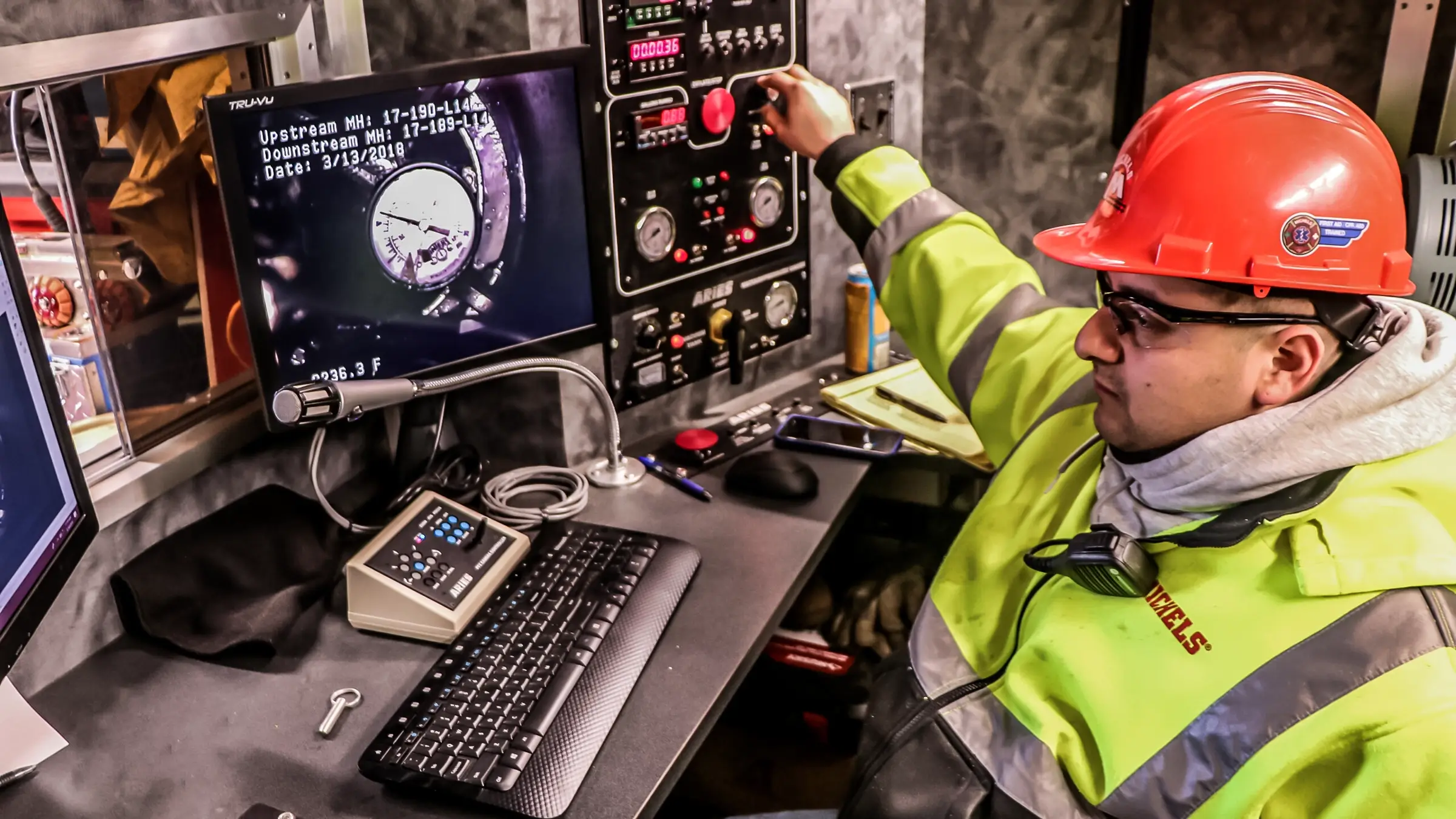
Chemical Grouting
Michels Canada uses remotely controlled equipment to reduce inflow and infiltration (I/I) into sewer mains, laterals and utility holes by injecting chemical grout into soil outside mains, pipes and structures. Our equipment isolates a problem area, injects grout, stabilizes soil and creates an impermeable seal.
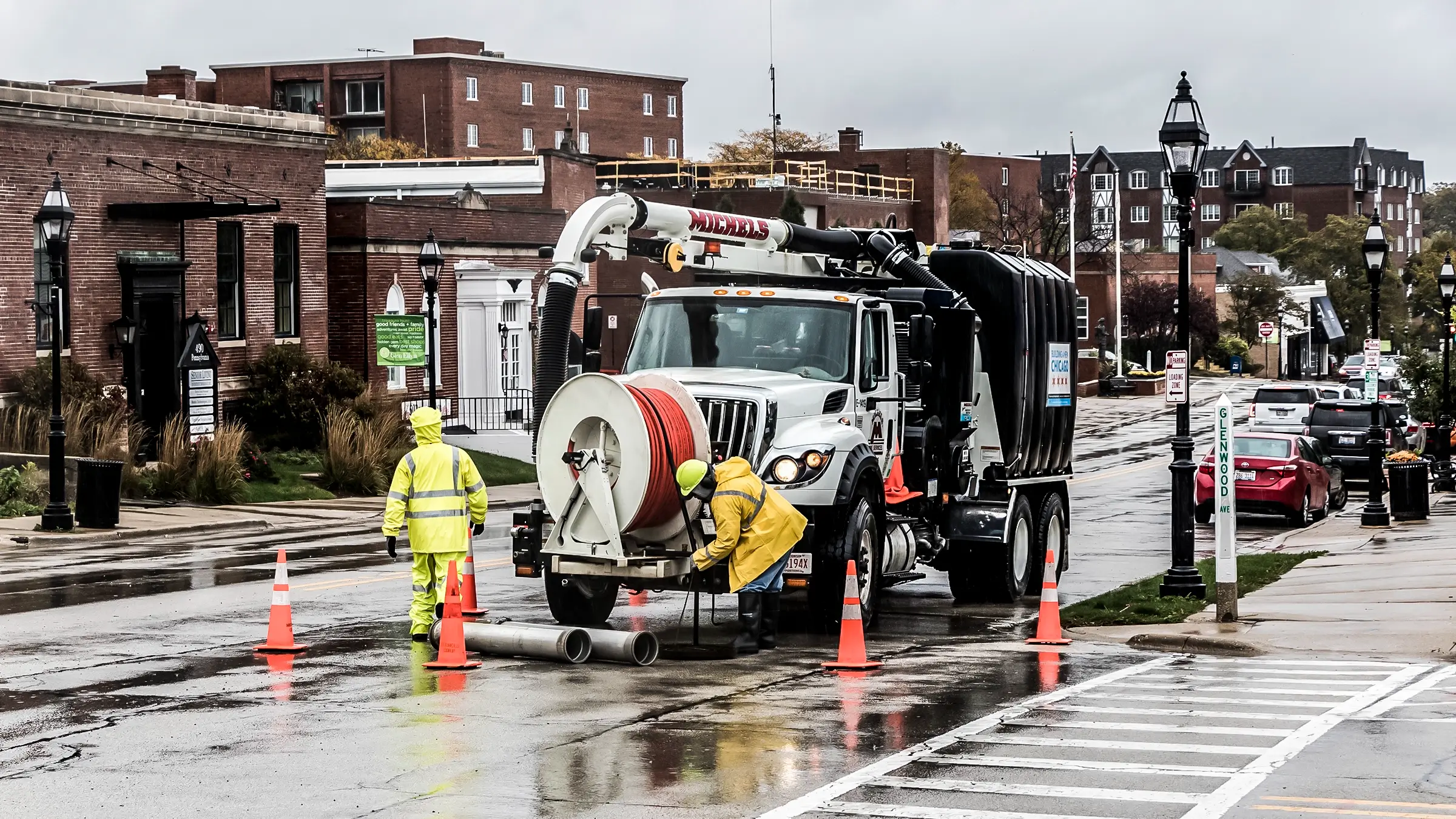
Sewer Inspection & Documentation
Regularly scheduled closed-circuit TV (CCTV) inspections are an important part of everyday sewer system maintenance. Michels Canada crews insert remotely controlled vehicles through utility holes to inspect and document sewers without disturbing residents.
Our services include: making time- and location-stamped recordings of a sewer system to document condition over time; locating sewers from above ground; using Geographic Information Systems (GIS) and sonde devices to create uploadable spatial maps; and launching lateral cameras from within a sewer main.
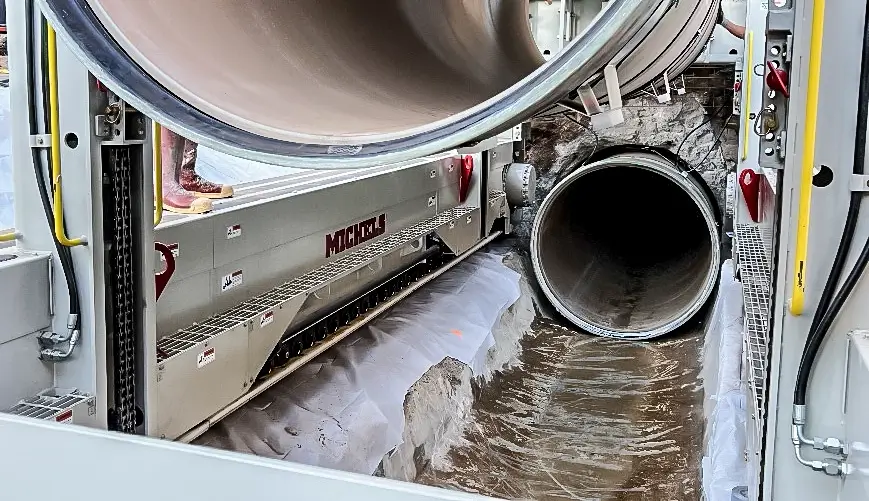
Sliplining
Sliplining is a dependable, fully structural way of rehabilitating sanitary and storm sewer mains, laterals and culverts to create a new pipe within a pipe. Michels Canada pushes or pulls a new carrier pipe inside a deteriorating pipe, grouts and annular space and then seals the events.
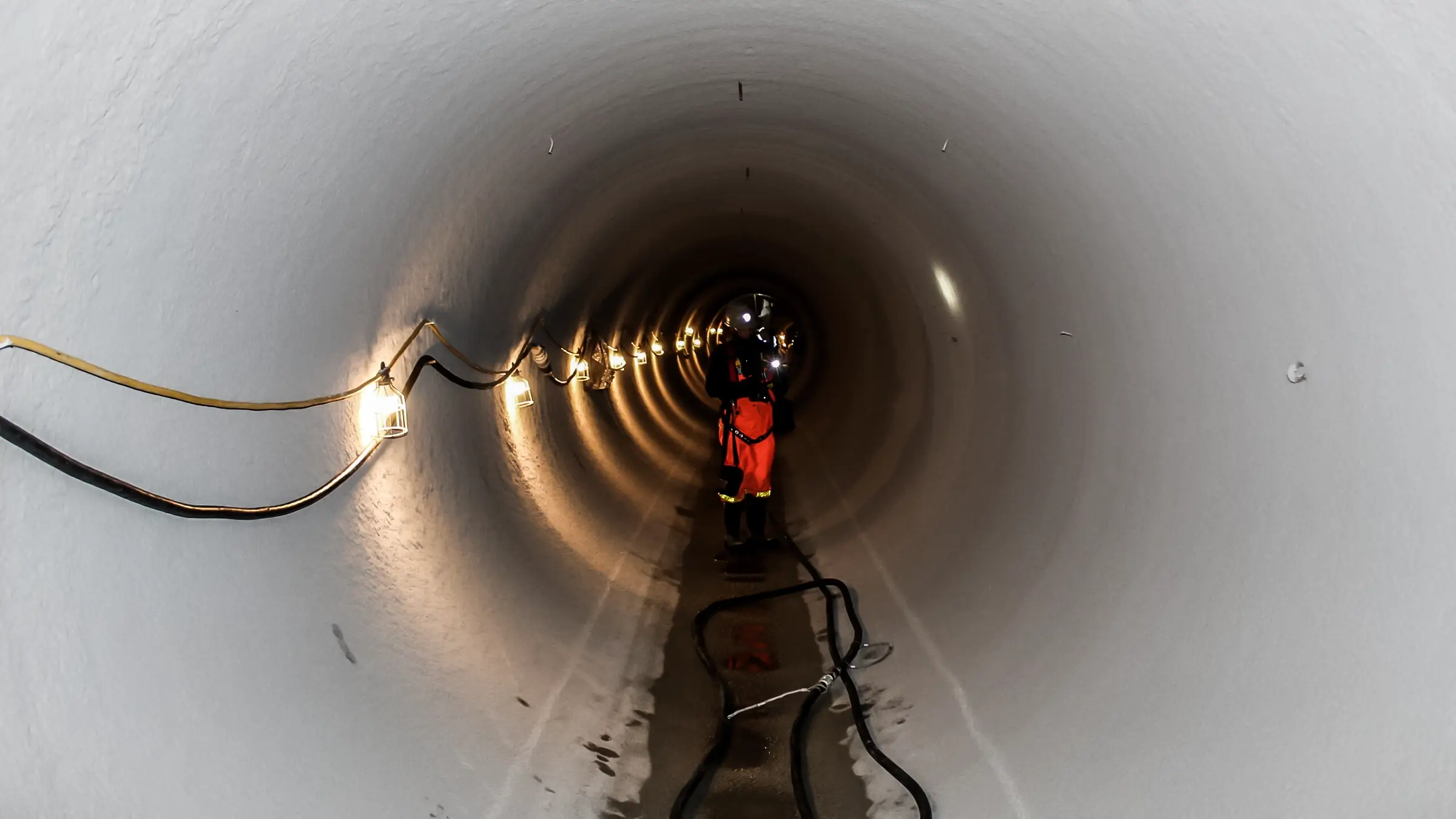
Spray-In-Place Pipe (SIPP)
Spray-in-place pipe (SIPP) rehabilitation is effective for many situations, including pipes with irregular shapes and bends. We use fiber-reinforced mortar for the fully structural rehabilitation of large-diameter sewer mains, culverts and other host pipes made from brick, concrete or corrugated metal.
Cement mortar and NSF-61 approved epoxy restore hydraulic capacity and water quality for potable and raw water pipes. Both non-structural materials protect against internal corrosion and tuberculation.
In all instances, Michels Canada crews centrifugally cast material mechanically or by hand inside the pipe to the designed thickness.
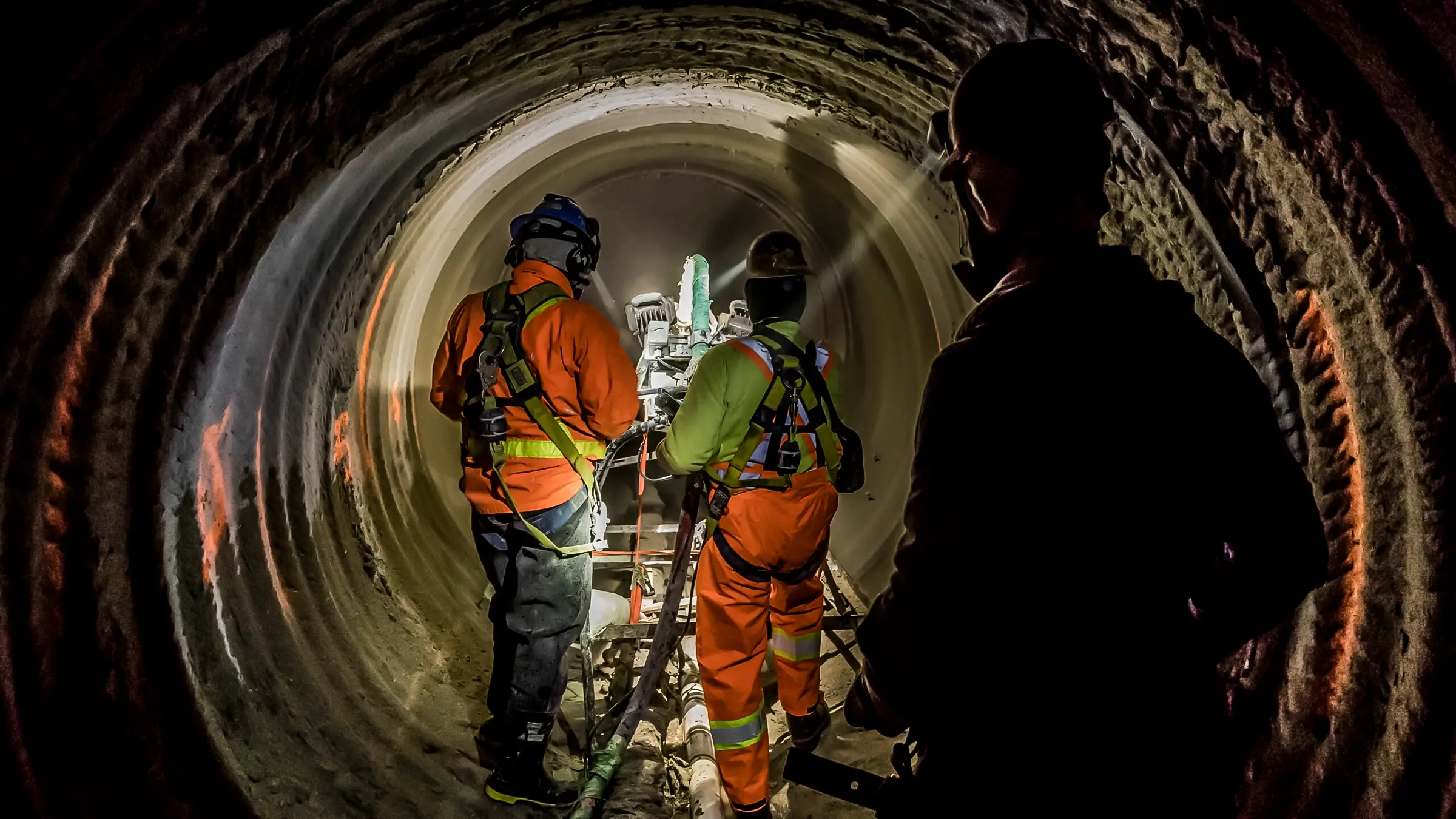
Working deep underground
Michels Canada used a progressive design-build delivery method to rehabilitate a deteriorating segment of 2.642 metres of sanitary sewer 40 metres below street level in the greater Toronto area. A spray-on fibre-reinforced geopolymer lining system was applied in four lifts to a thickness of 102 millimetres.
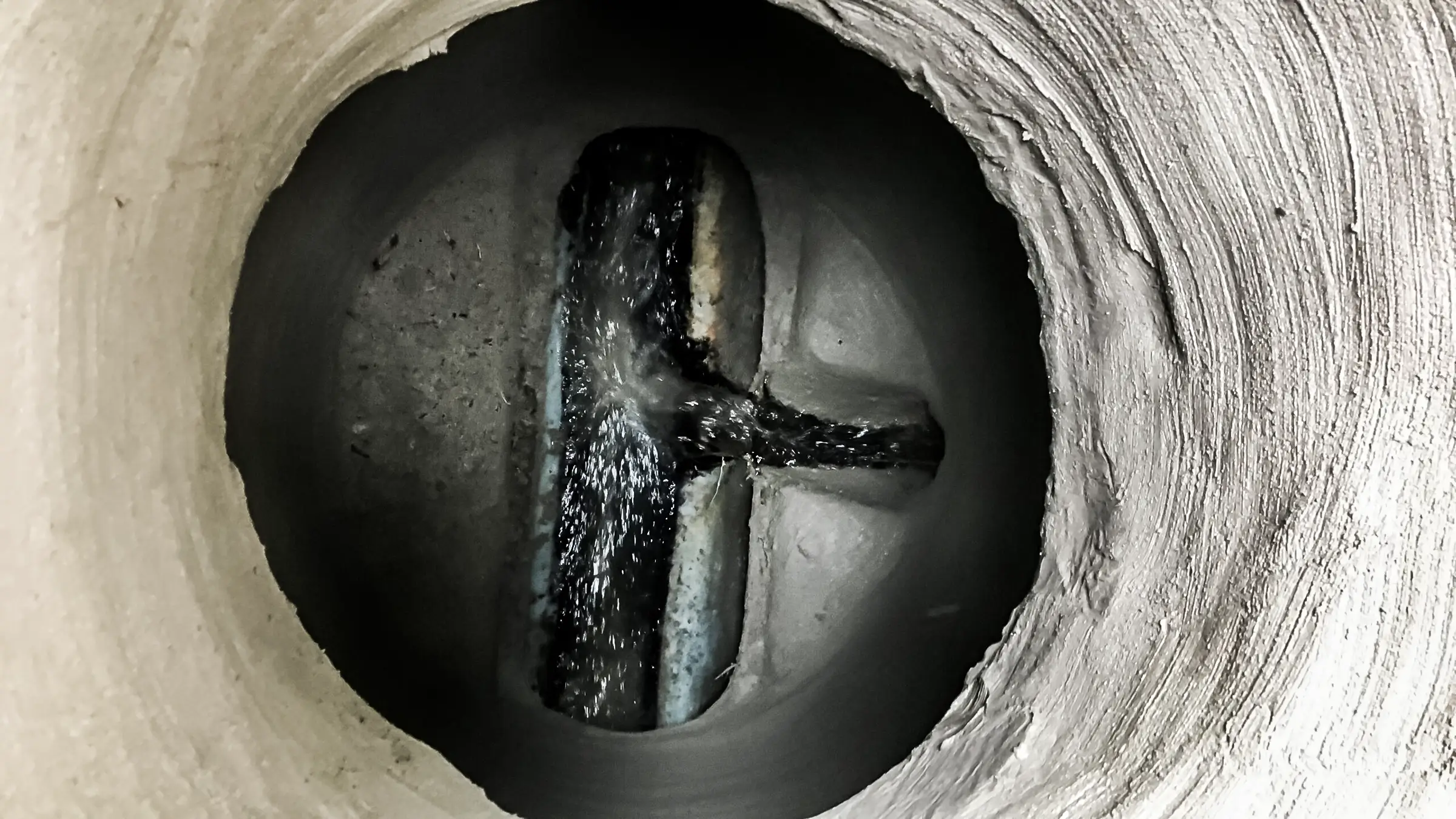
Utility Vault & Maintenance Hole Rehabilitation
Maintenance hole and utility vault rehabilitation is an important piece of Michels Canada’s holistic approach to repairing and rehabilitating storm sewer systems. Michels uses sprayed-in-place cementitious, epoxy, and geopolymer products specifically designed to reinforce maintenance holes, vaults and other structures by protecting them against hydrogen sulfide (H2S) deterioration.
- Manhole Rehabilitation
- Microtunnel Project
- Coxwell Bypass Project
- We Do That ... & More
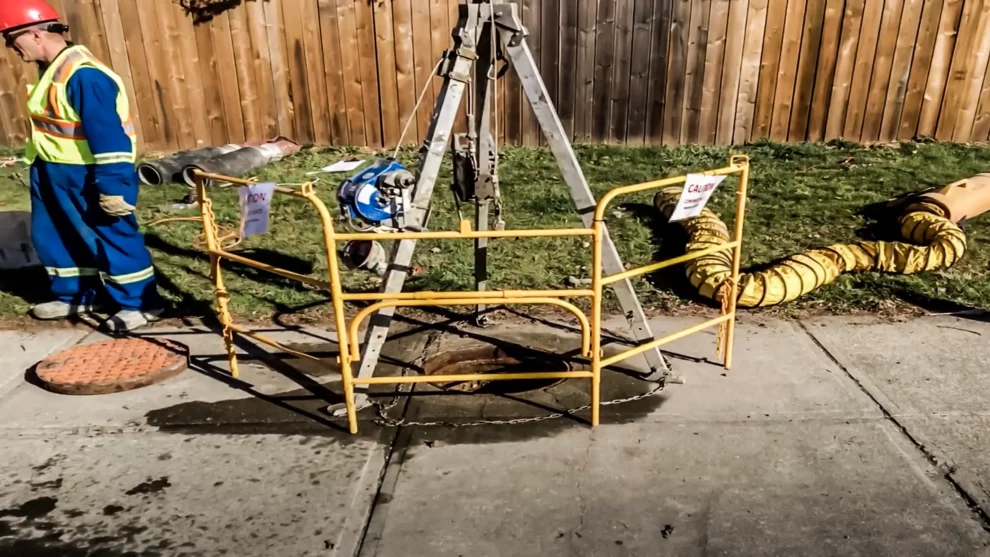
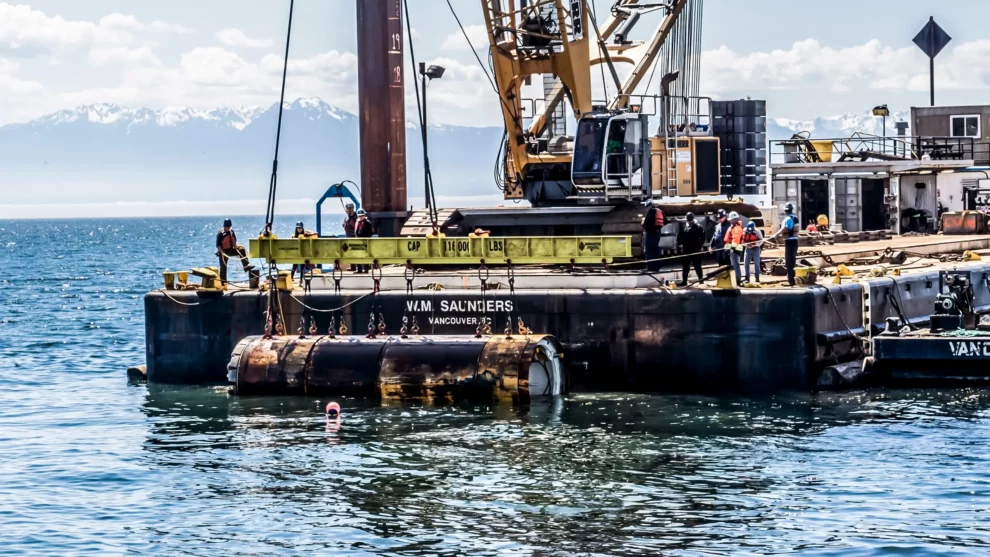
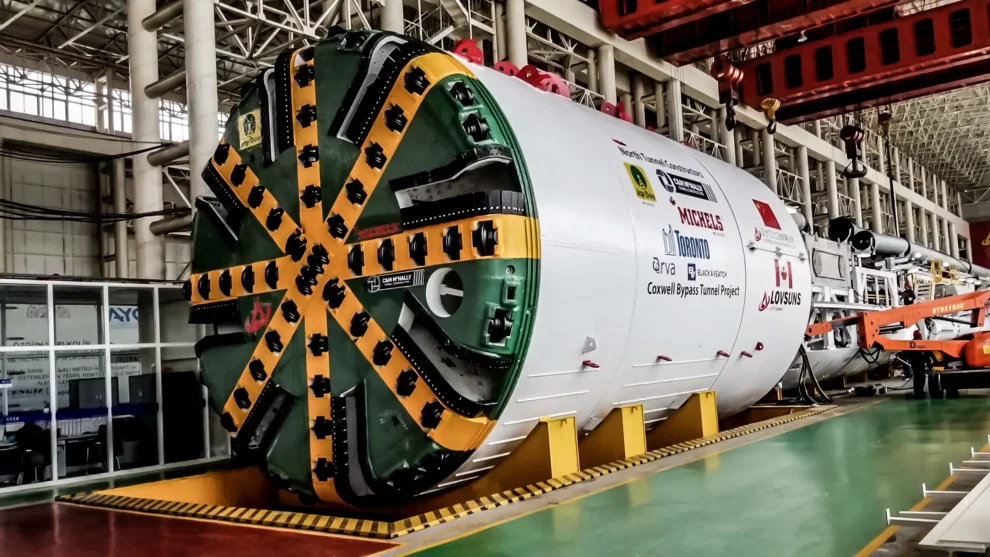
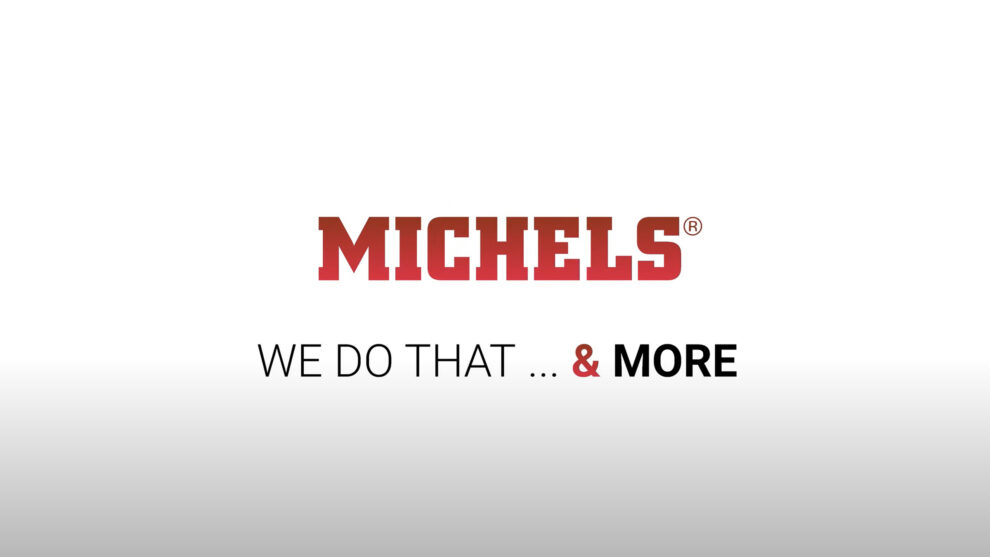
Contact Us
Thank you for taking time to learn more about who we are and what we do. If you need additional information or are in need of a solution not addressed on these pages, please submit a message with your contact information.

